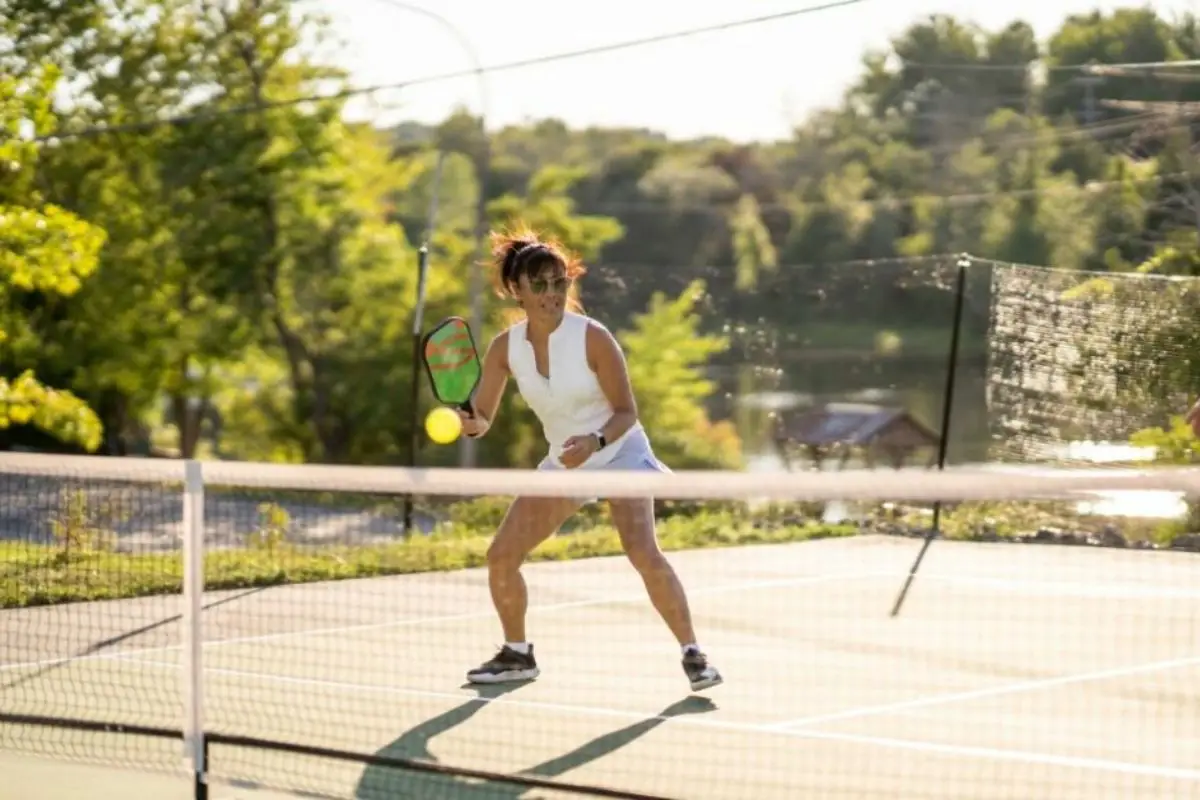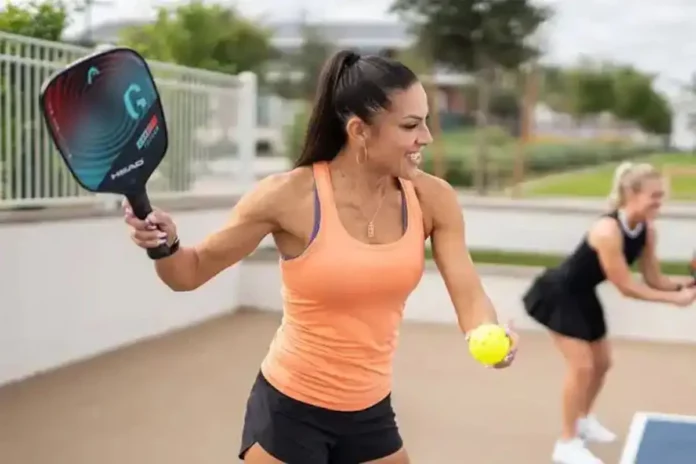Mastering the Pickleball Drive: For many pickleball players, the journey from a solid 3.0 to a consistent 4.0 seems like a distant goal. In a world saturated with YouTube videos, coaching tips, and advice, the challenge lies in knowing what to focus on and how to practice effectively. However, certain skills stand out as crucial for making this transition, and understanding how to hone them can make all the difference.
1. Handling Pace and Drives
Understanding the Importance of Pace
The first crucial skill for advancing to a 4.0 level is learning how to handle pace, particularly drives. This is especially important for new players, particularly those with an athletic or tennis background, as they tend to hit the ball with significant force. If one cannot effectively manage these powerful drives, the game will quickly become difficult against players who come into the game with strong hits.
The key to mastering this skill lies in practice. Facing consistent drives provides players with the opportunity to improve their reaction time and refine their technique.
Drill #1: Don’t Panic
One effective pickleball drill for this is the “Don’t Panic” exercise. In this drill, the player stands at the kitchen line while a partner drives the ball toward them from the baseline. The challenge is simple: resist reacting until the ball is halfway to the player. Many players fall into the trap of panicking, guessing the ball’s direction, and tensing up. This drill helps in delaying the reaction, allowing the player to see where the ball is headed before deciding on a response.
Drill #2: Tip to the Ball
Another effective drill is “Tip to the Ball.” In this exercise, the player remains at the kitchen line while the partner continues to drive from the baseline. The key is to keep the tip of the paddle pointed directly at the ball as long as possible, minimizing unnecessary backswing and body movement. This method helps in controlling the volley and ensures that the paddle stays in front, allowing for more precision and reduced errors.

2. Shifting from Reactive to Proactive Play
Anticipating the Next Move
The next step toward a 4.0-level game is moving from being reactive to proactive on the court. In a game, being reactive is akin to playing two-on-one or using a much smaller paddle than the opponent’s. It places one at a distinct disadvantage.
At the 3.0 to 3.5 levels, many players wait to see where the ball will go before making a decision. This reactive mindset leads to delayed movements and poor positioning. In contrast, 4.0+ players anticipate their opponent’s next move. After making their own shot, they quickly reposition themselves, always staying active and prepared for what comes next.
3. Dinking with Purpose
The Shift from Consistency to Strategy
When first learning to dink, the primary goal is often to maintain consistency—simply keeping the ball in play without mistakes. While this approach is foundational, it can only take a player so far. The true potential of dinking lies in its strategic use. Instead of focusing solely on avoiding mistakes, players should aim to control the rally with intent.
It is important to think about where the ball will land, how high it will clear the net, and what type of spin to add. A dink with purpose challenges the opponent by placing the ball in difficult spots, forcing them to respond under pressure. This shift in mentality transforms the dink from a defensive tool into an offensive weapon.
Key Takeaways: The Road to 4.0
Mastering the ability to handle pace, transitioning from reactive to proactive play, and dinking with purpose are three critical pickleball techniques that pave the way to reaching a 4.0 level. The key to success is practicing with intention—focusing on these areas rather than being overwhelmed by the volume of information available. By honing these essential skills, any player can make the leap to the next level of pickleball.
News in Brief: Mastering the Pickleball Drive
To progress from a 3.0 to 4.0 in pickleball, players must master three key skills: handling pace and drives, shifting from reactive to proactive play, and dinking with purpose. Practicing techniques like “Don’t Panic” and “Tip to the Ball” helps improve control over fast drives. Proactive play ensures better court positioning, while purposeful dinking challenges opponents. Focused practice on these pickleball strategies, tips, and techniques will lead to significant improvement and a stronger game.
ALSO READ: Roscoe Bellamy’s Key Tips for Mastering the Kitchen Line in Pickleball

